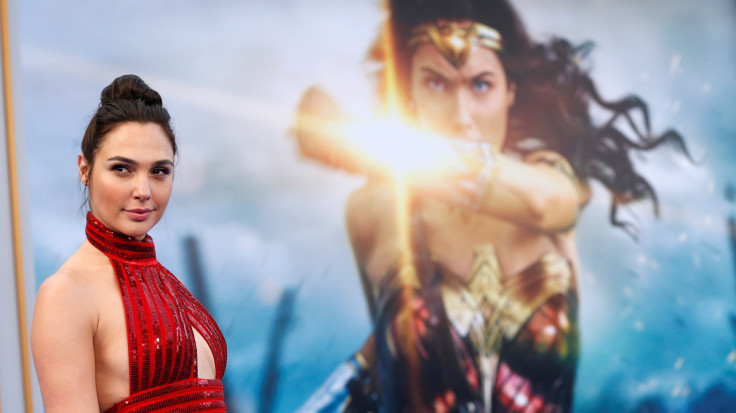Why the black and white photo on 'Wonder Woman' is so relevant to 'Batman v Superman'
The famous B&W photo was reportedly taken before everything else was filmed

“Wonder Woman” delivered everything that fans wanted to see. The heroine’s solo movie had been anticipated since the DC Extended Universe was launched. One of the elements that kept everyone excited was a certain black-and-white photo from the hero's past. In the photo, she is seen standing with Steve Trevor (Chris Pine), Sameer (Said Taghmaoui), Charlie (Ewen Bremner) and The Chief (Eugene Brave Rock).
The picture had a lot of fans asking about Wonder Woman’s origins, while others were shocked that she looks a lot younger than she actually is. This was able to lay down the groundwork that Wonder Woman has a deep and dark past that fans could not wait to learn more about.
The photo was first unveiled in “Batman v. Superman” after Bruce Wayne (Ben Affleck) came across it. This was a major revelation; little did fans know that this picture would play such a big role in Wonder Woman’s solo movie.
The folks behind the DC movie knew that this photo would be important and, according to Ewen Bremner, they actually did not waste time capturing such moment, notes Yahoo. “That was the first thing that we shot, before we’d even shot a scene for Wonder Woman, we shot that photograph.” It was taken when “Batman v. Superman" started production in November 2015, just four months before it movie was shown in cinemas.
In other words, director Patty Jenkins did not film the full scene behind the photo. Fans may remember it as one of the movie’s most action-packed moments where Diana hacks and slashes her way across trenches, fighting to save a Belgian village placed under siege. They just shot the photo and built an entire scene behind it, writes Heroic Hollywood. This would later on prove to be a major challenge for the cast and crew. But as the significance of the picture shows, everything was worth it.
Jenkins added that this meant they had to get around to shooting those scenes behind the photograph. They had to create a sequence that would make that picture worth remembering. Since they took the photo against a half-built set, they did not have much time to reshoot, so the sets were developed already. They had to find ways to recreate the exact same image after only a year and a half.
A defense of movie theater ugly crying, and why @WonderWomanFilm is best enjoyed in a group. https://t.co/6AWq3I0Gzx pic.twitter.com/E27tsL9Cfp
— DC (@DCComics) June 7, 2017





















